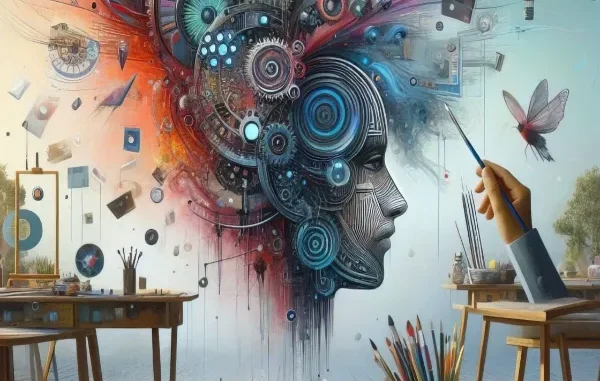
In the rarified air of the art and collectibles market, a quiet revolution is brewing. For centuries, this industry has grappled with persistent issues of forgery, questionable provenance, and a lack of transparency in ownership history. But a new technological paradigm, built on the principles of blockchain, is poised to bring unprecedented trust and efficiency to this traditionally opaque world.
Imagine a digital ledger, conceptually similar to the integrated networks being pioneered by platforms like Salesforce, but tailored for the unique needs of the art world. This is an immutable, shared record of an artwork’s entire lifecycle, from the artist’s studio to the collector’s vault. Each transaction, every instance of restoration, and all appraisal records are securely logged on the blockchain, creating an unbreakable chain of provenance that is accessible to all relevant parties.
This new model for the art market offers a glimpse into a more trustworthy and efficient future:
- An End to Forgery: By creating a digital twin of a physical artwork on the blockchain, its authenticity can be verified with a simple scan or a query to the ledger. This makes it exponentially more difficult for forgeries to enter the market.
- Seamless Provenance Tracking: The entire history of an artwork – its exhibitions, sales, and owners – is tracked in a transparent and tamper-proof manner. This not only enhances the value of the piece but also simplifies the due diligence process for potential buyers.
- A Collaborative Ecosystem: Galleries, auction houses, appraisers, and even insurance companies can be brought into a secure network, each with their own set of permissions. This allows for a more holistic and trustworthy view of an artwork’s journey.
At the heart of this transformation are smart contracts. These self-executing digital agreements can automate a variety of processes that are currently cumbersome and prone to error. For example, a smart contract could be programmed to automatically pay royalties to an artist every time their work is resold on the secondary market. Similarly, transactions between buyers and sellers can be handled through a smart contract-based escrow system, ensuring that funds are only released when the artwork is verified and delivered. To implement such sophisticated logic, the art world will increasingly turn to specialized smart contract development services that can translate the complex rules of the industry into a few lines of code.
While the art market may seem like a niche application, it is a powerful example of how blockchain technology is moving beyond the well-trodden paths of finance and supply chain management. By bringing a new level of trust and automation to a world that has long been defined by who you know and what you can prove, blockchain is not just changing the way we buy and sell art, it is fundamentally redefining the nature of value and ownership in the 21st century.
Leave a Reply